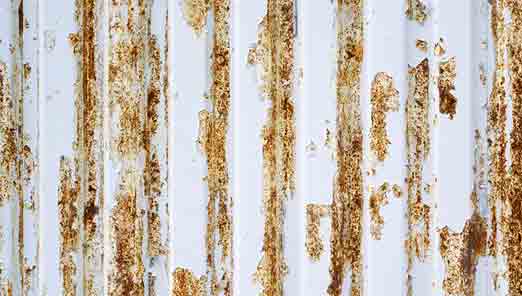Long-term exposure to contaminants and the elements causes damage to garage doors and can lead to extensive repairs when not contained properly. Here are the four most common contaminants that can affect steel, wood, and aluminum garage doors, and how to avoid them.
1. Dust
Airborne dust particles accumulate onto the garage door panels. The dust can cause issues such as discoloring and act as an abrasive layer that scratches the garage door’s paint, finish and protective coat. Regularly clean and wash the garage door to avoid damage from dust.
2. Mildew and Mold
Mildew and mold fungi thrive in damp and humid environments. They feed on and decompose organic materials, including wood garage doors. These fungi not only damage garage doors but can also cause allergic reactions, respiratory issues and other health related problems.
Keep wood garage doors dry to prevent mildew or mold damage. Ventilate the garage and control indoor humidity levels. Use proper coatings to prevent moisture from penetrating the wood panels.
3. Rust
Rust may start accumulate on steel garage doors and hardware when they are exposed to air, water, and moisture. Salt air in coastal areas can also corrode metal and steel garage doors and may damage wood garage doors if not properly sealed.

To avoid rust damage, regularly clean garage door panels to remove dirt, debris, and salt particles. Keep the garage door area dry with proper drainage and garage door weather stripping. Repair scratches with touch-up paint and apply clear coating as needed. Use galvanized garage door springs, parts, and hardware. Install aluminum or wood garage doors when possible. Lubricate the garage door mechanisms.
4. Chalk
Chalk is the appearance of a loose powder on the garage door surface. It happens when the paint or finish is breaking down due to sunlight exposure (known as UV degradation). The process reduces the natural gloss of the garage door and makes its paint appear faded and like it has been diluted. Chalking is more common in garage doors that are painted in white and light colors. To avoid chalk and damage from the sun, regularly clean the garage door and use proper coating.
Address damage from contaminants in a timely manner to prevent extensive repairs and avoid complete replacement of garage doors. Ask your garage door repair company to inspect the door’s weather stripping during the next service call, and replace garage door moldings and bottom seals when they are no longer effective.







